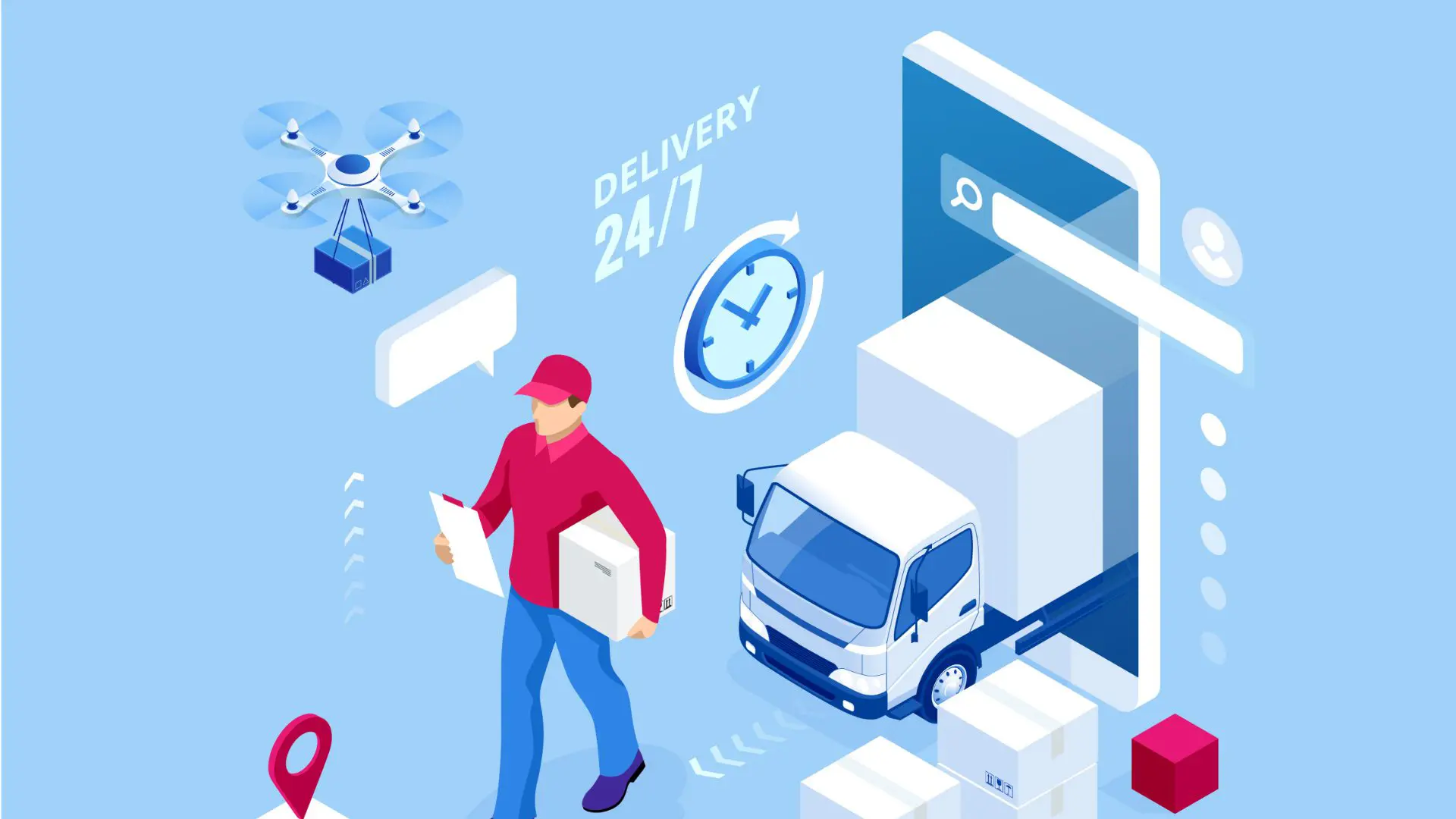In the dynamic landscape of e-commerce and rapid urbanization, the final stretch of the delivery process, known as last-mile delivery, has become a focal point for businesses and consumers alike. Last-mile delivery refers to the crucial journey from the distribution center to the customer’s doorstep. This article explores the significance of last-mile delivery, the challenges it poses, and the innovative strategies businesses are adopting to optimize this essential phase of the logistics chain.
Integration of Advanced Analytics and Predictive Technologies
Businesses operating in Canada are embracing innovative strategies to provide unparalleled customer experiences. One of the latest trends reshaping the landscape of last-mile delivery is the integration of advanced analytics and predictive technologies. By harnessing the power of data analytics, businesses can optimize delivery routes, predict demand patterns, and gain valuable insights into customer behavior. Predictive algorithms analyze historical data, including past delivery routes, customer preferences, traffic patterns, and even weather conditions, to anticipate future requirements accurately.
The Importance of Last-Mile elivery
Last-mile delivery is often the most expensive and time-consuming part of the shipping process, yet it is also the most critical in shaping customer perceptions. Customers demand fast, convenient, and reliable deliveries, and their satisfaction hinges on the efficiency of the last-mile service. Businesses that excel in last-mile delivery gain a competitive edge by enhancing customer experiences and building brand loyalty.
Challenges in Last-Mile Delivery
Several challenges complicate last-mile delivery, including traffic congestion, unpredictable weather, time-sensitive deliveries, and the need for real-time tracking. Urban areas pose unique challenges due to densely populated neighborhoods and restricted parking spaces. Businesses face pressure to balance speed and cost-effectiveness while ensuring the safety and security of their shipments.
Route Optimization and GPS Technology
Advanced route optimization software and GPS technology enable businesses to plan efficient delivery routes. Algorithms consider factors like traffic patterns, delivery windows, and package size, ensuring that drivers take the most optimal paths. Real-time GPS tracking allows businesses and customers to monitor the delivery progress, enhancing transparency and communication.
Local Distribution Centers
Establishing local distribution centers strategically placed within urban areas reduces delivery distances. These centers act as hubs for inventory storage and facilitate quicker, same-day deliveries. By decentralizing storage facilities, businesses can expedite order processing and minimize transit times, providing faster service to customers.
Collaborations with Third-Party Logistics (3PL) Providers
Partnering with reliable 3PL providers specializing in last-mile delivery allows businesses to leverage their expertise and infrastructure. 3PL companies often have established networks, trained drivers, and technology solutions that enhance the efficiency of last-mile deliveries. Collaboration with these providers streamlines operations and ensures timely deliveries.
Crowdsourced and Gig Economy Deliveries
Embracing the gig economy, businesses can utilize crowdsourced delivery platforms that connect independent drivers with delivery tasks. These platforms allow flexible, on-demand delivery services in shipping Canada. By tapping into a pool of local drivers, businesses can optimize delivery routes, reduce costs, and enhance the speed of last-mile deliveries.
Smart Locker Systems and Contactless Delivery
Smart locker systems placed strategically in public locations provide secure package storage. Customers can retrieve their orders at their convenience using unique codes. Contactless delivery options, where packages are left at designated locations specified by customers, enhance safety and minimize direct interactions, particularly in the context of the ongoing global health concerns.
Benefits of Optimized Last-Mile Delivery
Fast and reliable last-mile deliveries lead to satisfied customers, encouraging repeat business and positive reviews. Timely deliveries contribute significantly to customer loyalty and brand reputation.
Operational Efficiency and Cost Savings
Efficient last-mile delivery reduces operational costs by minimizing fuel consumption, optimizing routes, and reducing failed delivery attempts. Businesses can achieve cost savings while improving service quality.
Competitive Advantage
Businesses that master last-mile delivery gain a competitive advantage in the market. Customers are more likely to choose companies offering convenient and efficient delivery options over competitors with slower or less reliable services.
Conclusion
In the ever-evolving landscape of e-commerce and customer expectations, businesses recognize that the final mile of the delivery journey is paramount. By implementing innovative last-mile delivery strategies such as route optimization, local distribution centers, gig economy collaborations, and smart locker systems, businesses can transform their logistics operations. Optimal last-mile delivery not only enhances customer satisfaction and loyalty but also provides operational efficiency and a competitive edge in the market. As businesses continue to invest in these strategies, they pave the way for a future where last-mile delivery is seamless, efficient, and customer-centric, ensuring a positive end-to-end experience for consumers worldwide.

